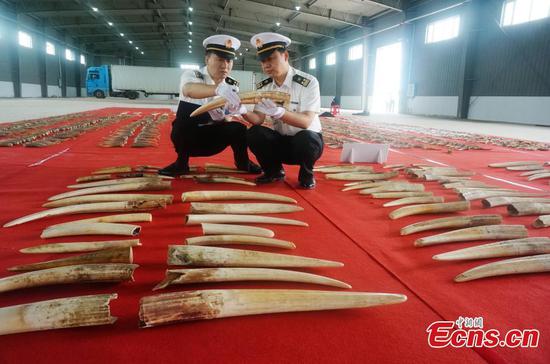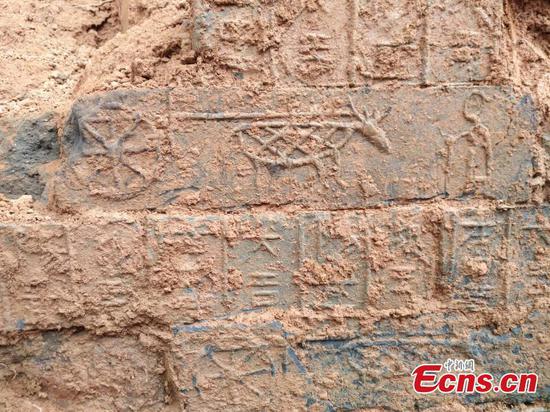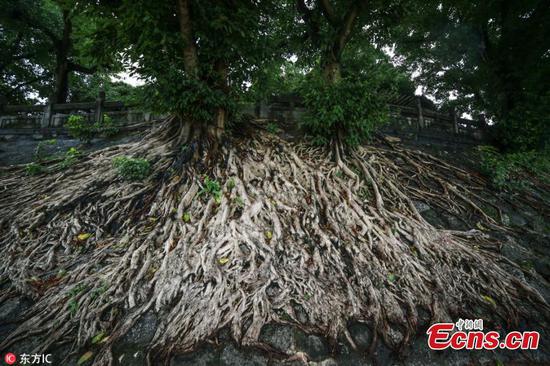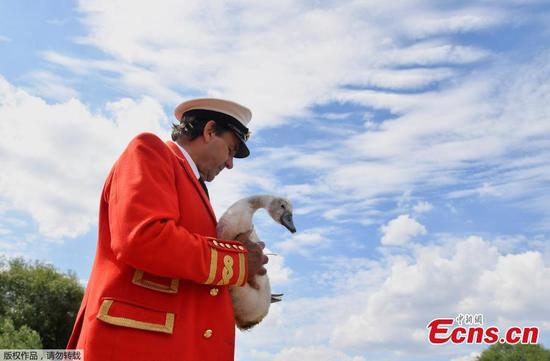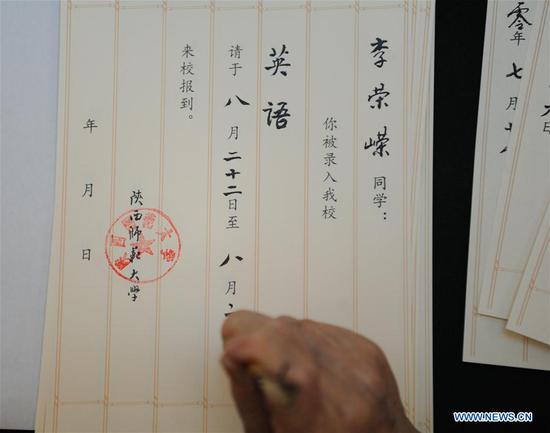Scientists believe snakes might have evolved from a kind of lizard. The earliest snakes can be traced back to the mid Jurassic Period. Fossils of an ancient snake, Eophis underwoodi, dating back 167 million years, have been found, but they are in fragments and can offer little information.
During the early Late Cretaceous from 100 million to 95 million years ago, snakes roamed all over the world. Most snake fossils, uncovered in Southern Europe, Africa, North America, Middle East and South America, had no forelimb, and some had small, useless hind legs, said Xing.
The two pieces of amber also contained insects, remains of plants and invertebrates, indicating the snakes were living in a humid and warm tropical rain forest with a freshwater habitat.
Some marine ostracods, which were small crustaceans, in the amber show that the forest was adjacent to coast.
Most of the fossilized snakes found previously show they lived in water. This is the first discovery of a snake living in a coastal forest of the Mesozoic era, indicating that early snakes lived in a more diversified environment, Xing said.
This snake is linked to ancient snakes from Argentina, Africa, India, and Australia, and it might have evolved from an aquatic snake, said Michael Caldwell, a Canadian paleontologist in the research team.
Since 2016, Xing's team has discovered remains of birds, dinosaurs, frogs and other ancient creatures in amber from the Hukawng Valley, offering a glimpse into the era of dinosaurs.
The latest find has been named Xiaophis myanmarensis, which includes the name of the amber's discoverer Jia Xiao, an amber collector.
Most of the amber used in scientific research is bought on market.
Jia Xiao acquired the amber at the beginning of 2016. On seeing the animal remains in the amber, she thought it might be a large centipede. But after she put it under a magnifier, she thought it might be an incomplete skeleton of a lizard.
Since she had already collected several pieces of lizard amber, she set it aside for later study.
But while traveling with her family, she saw an exquisite artwork of a cobra skeleton at the airport of Hong Kong.
"That skeleton looks just like the bones in the amber," she thought. "Could that lizard actually be a snake?"
She returned home to Kunming, southwest China's Yunnan Province, immediately. She scrutinized the creature under magnifier again, and found that it had no legs, and the remaining skin fragment was different to that of a lizard.
With a pounding heart, she told a colleague and then contacted Xing.
"It was a remarkable day," said Xing. "We had only ever seen snakeskin in amber. This was the first time we had seen a snake skeleton."























